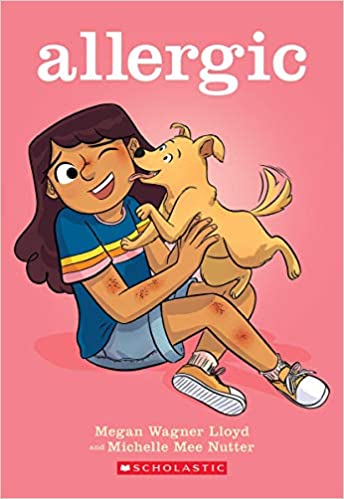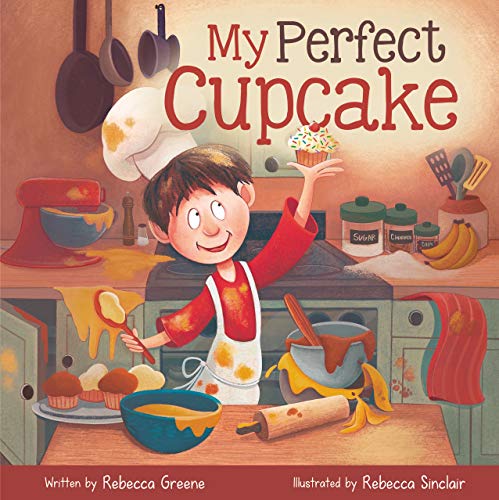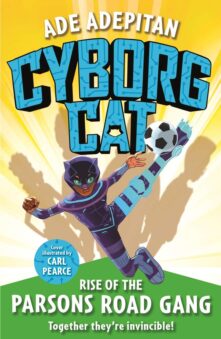In this episode we tackle two books! (yes, ambitious I know. But they were just so good I couldn’t decide).
‘Allergic’, written by Megan Wagner Lloyd, is a graphic novel, geared towards kids ages 8-12years. The main character Maggies loves animals and has dreamt of getting a dog. Unfortunately, her body does not share the love – her puppy brings her great joy…but also sniffles, sneezes and itches.

What is an allergy?
Allergies happen when your body’s natural defense (your immune system) overreacts to something you are exposed to. Your immune system treats this normal thing as dangerous, and it sends out chemicals to defend you (how heroic!). Unfortunately, this ends up working against you, causing some unpleasant feelings.
A person who has allergies may complain of
- watery, itchy red eyes.
- Congested/runny nose
- itchy mouth
- sneezing, coughing or wheezing
- itchy, rashy skin
There are many different things that can trigger an allergy. Pollen from trees, grass and flowers is a very common cause of seasonal allergies. Just stay inside, you say? Well, some people are allergic to ‘inside’ triggers, like dust, mold and pet dander (sheddings).
The Allergist
Sometimes it’s hard to tell what has caused an allergic response. An allergist (a doctor who specializes in treating allergies) can help to figure that out. This book shows Maggie at several allergy appointments as she gets diagnosed and treated for her allergy.
Maggie has a skin prick test (this test injects a very small amount of an allergen – a thing that can cause an allergic reaction – into the skin.) Her skin gets a bit red and swollen where the animal allergens are injected. Because this test is not always 100% correct, the allergist has to consider the way Maggie’s body reacted around real animals to decide if she is really allergic.
Because Maggie’s allergies are so severe, the best advice is for her to stay away from animals with fur and feathers completely – This is easier said than done for her. She also has to take some allergy medicines (usually these are medicines which can help stop itching and inflammation). She swallows some medicines, sprays others in her nose, and drops the rest in her eyes! Have no fear, she hasn’t gone rogue. Allergy meds come in many different forms.
Immunotherapy
Because she doesn’t want to have such a bad reaction every time she is around an animal, Maggie ends up getting immunotherapy. What is that?
Well, immunotherapy is a way of slowly exposing someone to increasing amounts of the thing they’re allergic to, to help build up tolerance. Usually this is done through a series of injections, BUT a sublingual (dissolve under the tongue) option is becoming available – stay tuned! Kids will love this, I bet. Maggie initially gets injections every week, and then these are spaced out to every month. She will need to continue these shots for three to five years.
Immunotherapy may help people with allergic rhinitis/conjunctivitis (allergy symptoms involving the eyes/nose), people whose asthma is triggered by allergies, and people who have serious systemic (whole-body) reactions to insect stings. It is not an option for people with food allergies.
It doesn’t get rid of the allergy completely, but it can make symptoms less severe, and can decrease the need for allergy medications.
Food, Glorious Food!

‘My Perfect Cupcake‘, written by Rebecca Greene, is a picture book good for ages 3-7 year old, according to the publishers. It is a sweet, short read with fun illustrations. It’s about a little boy Dylan who loves bakery goods, but then has an allergic reaction to a cupcake containing pecans.
About 5% of children in the USA have food allergies. The usual suspects are:
egg, milk, soy, wheat, peanut, tree nuts, fish and shellfish
Many kids will grow out of the food allergies in green at some point in their childhood. The ones in red tend to last into adulthood.
Just like the allergies above, food allergies can also be diagnosed with a skin prick test. Because food allergies can be severe, the culprit needs to be removed from the child’s diet completely. The biggest worry is anaphylaxis – the most severe type of allergic reaction. This can happen very quickly after being exposed to an allergen. It can cause itching, face swelling, trouble breathing, vomiting, low blood pressure, fainting, and potentially death. Epinephrine is an emergency medicine used to treat anaphylaxis. Children with food allergies must have an epinephrine injector (like an EpiPen) available at all times.
Allergies are so unfair!
This is how Dylan feels when he first learns about his food allergy. Children with food allergies may struggle with diet restrictions, and feeling ‘different’ because they have to carry a medicine around always. Some children develop anxiety around eating – they worry about accidentally eating something contaminated and having a bad reaction. It can be socially isolating, not being able to share foods with friends, or having to sit separately in the cafeteria at school
How to help a food-allergic friend
- Take food allergies seriously! Don’t go sneaking any secret ingredients into their food to test the theory.
- Get in the habit of asking about food allergies when you have people over
- Clearly label food ingredients at potlucks
- Be careful of cross-contamination – use different utensils to cook their food, clean thoroughly in between, etc
- Ask if they can show you how to use their Epipen, in case you ever need to help in an emergency
Dylan shows how to be a good friend by asking about everyone’s food allergies before the class party. Then he makes an allergen-free cupcake that is safe for everyone to eat. Guess what! The recipe for that cupcake is included at the end of the book for you to try. Happy allergy-free eating!
Interested in other children’s books touching on health conditions? Check out our bookshelf!

